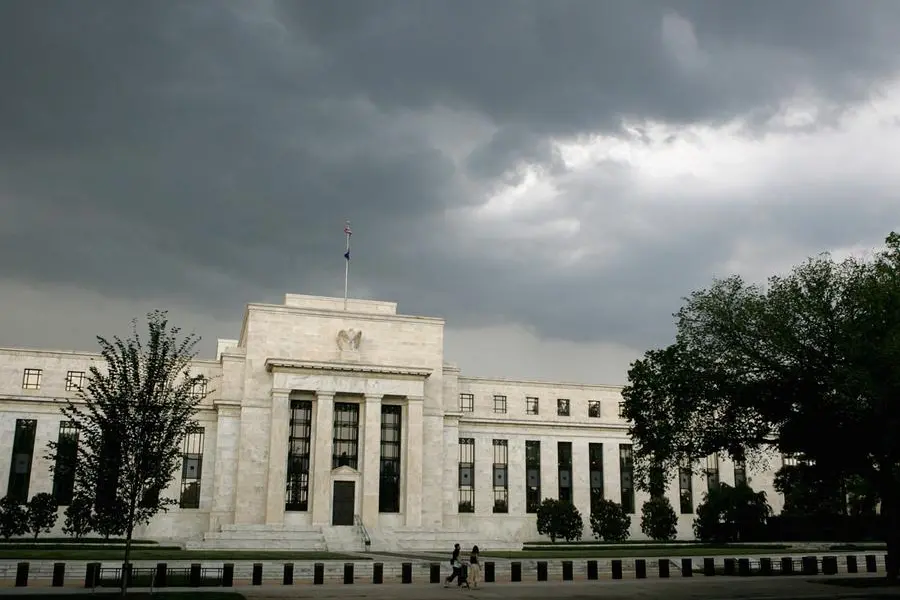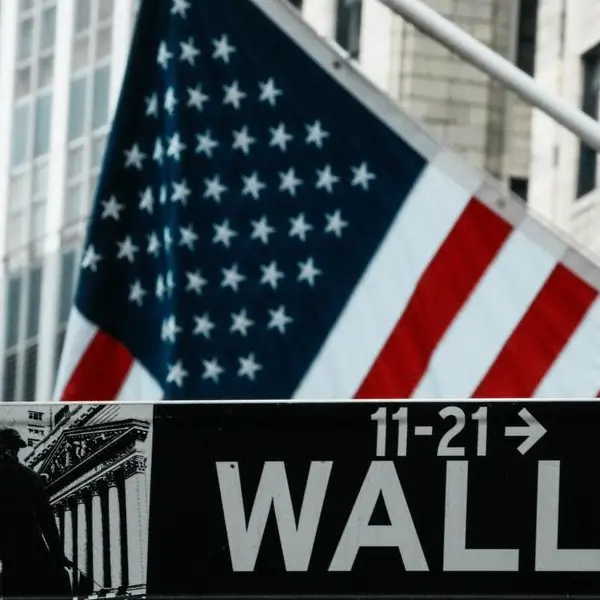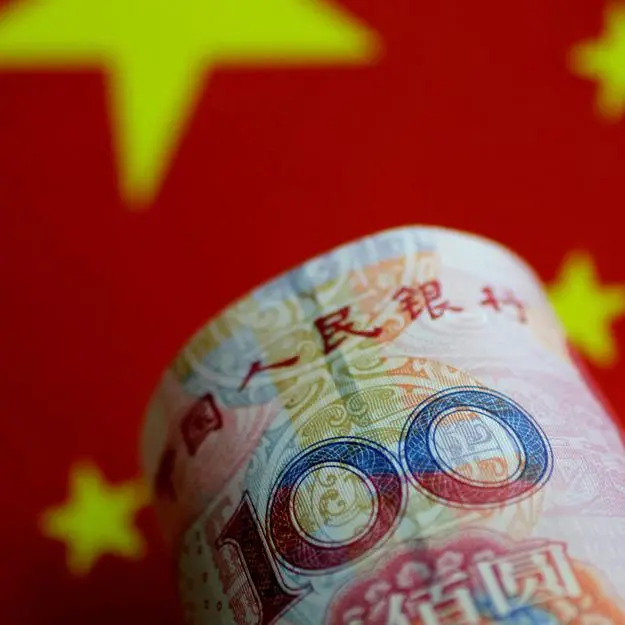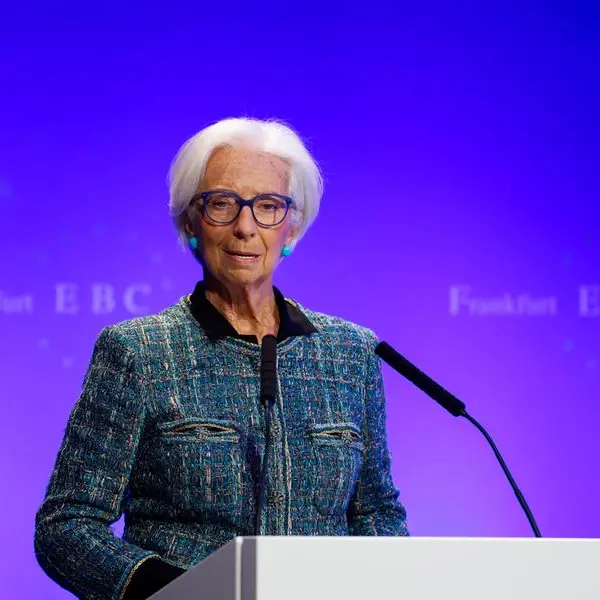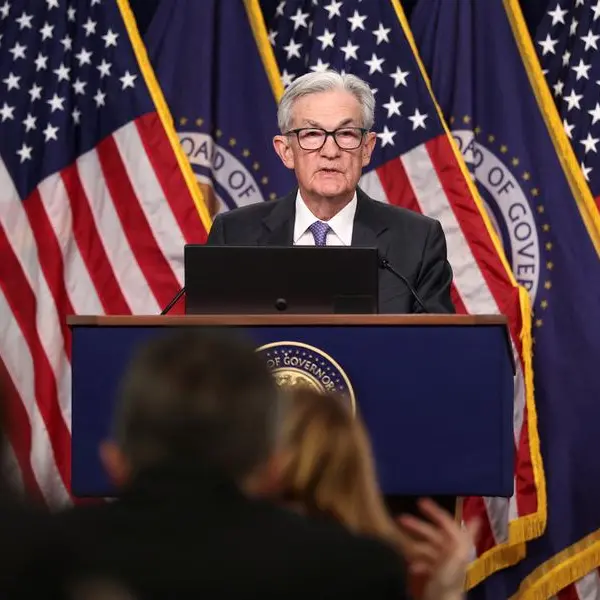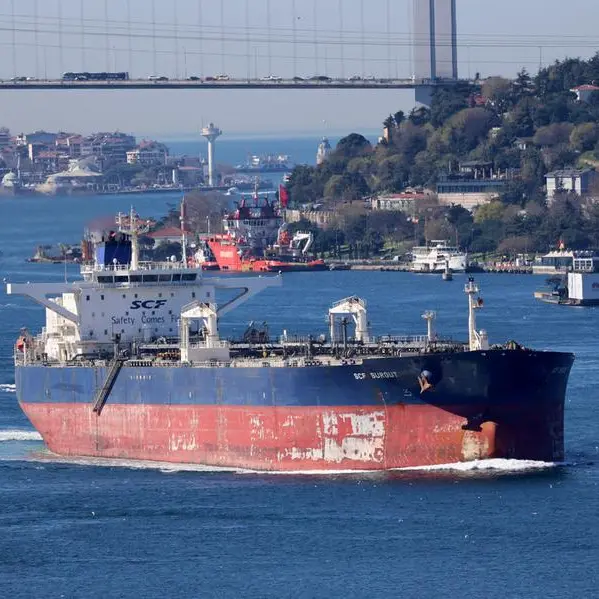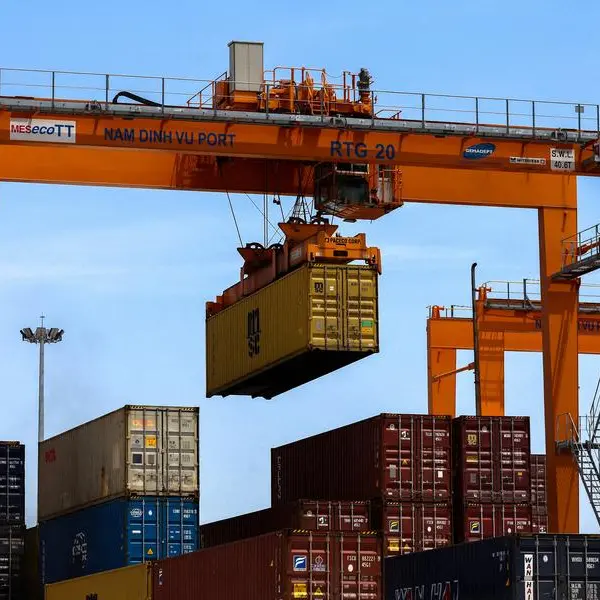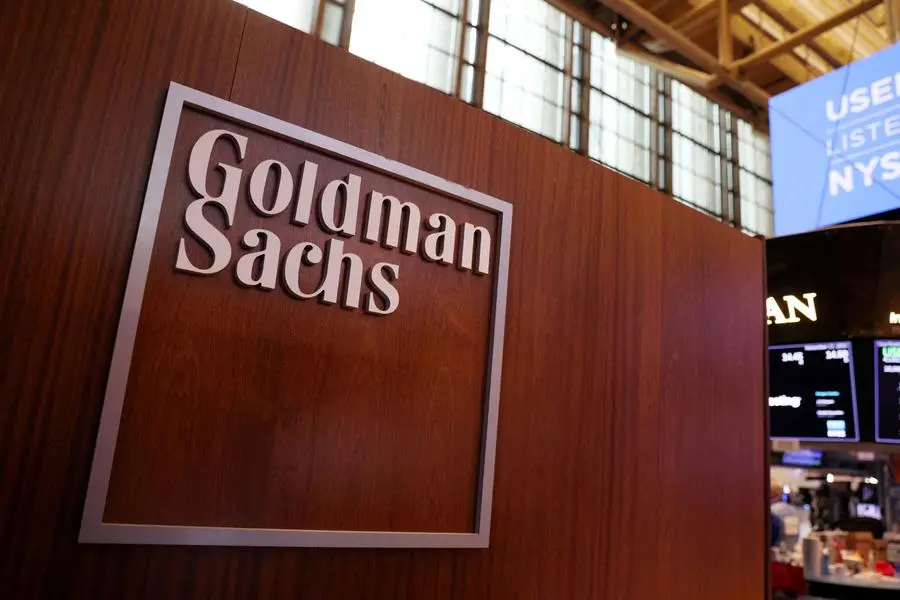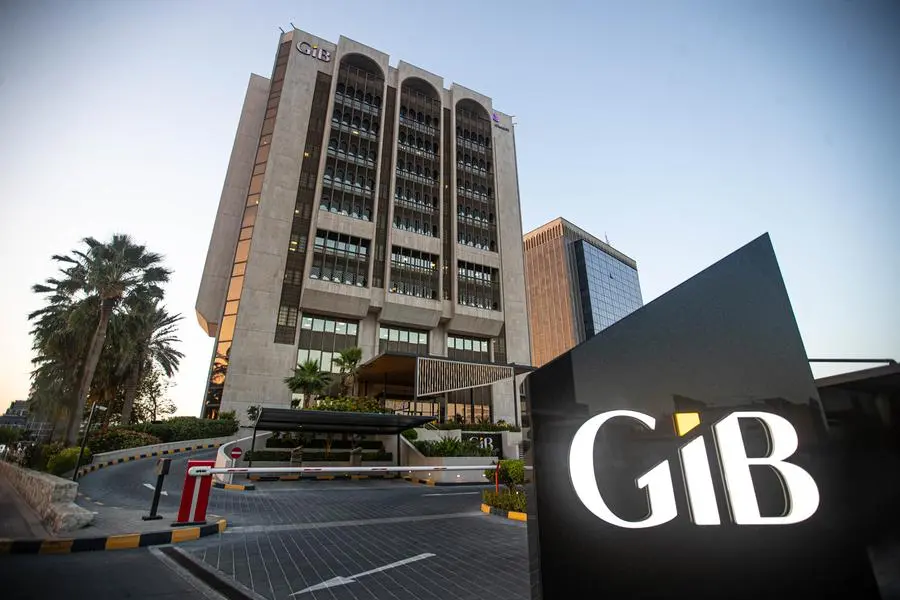PHOTO
(The opinions expressed here are those of the author, a columnist for Reuters.)
ORLANDO, Florida - A split is emerging between the Federal Reserve and other major central banks as they try to assess the economic impact of the rapidly shifting global trade war.
The Fed has kept interest rates on hold in the face of rising inflation risk, while many of its peers are cutting to cushion the blow from the looming growth slowdown.
The Fed's cautious stance runs the risk of leaving Chair Jerome Powell and team behind the curve once again.
With its decision last week to leave rates unchanged, the gap between the Fed's and European Central Bank's respective policy rates is the widest in more than two years. U.S. interest rates have not been higher than Canada's since 1997.
Powell said last week he and his colleagues could afford to maintain a patient policy stance because the U.S. economy was, on the face of it, still in good shape. Growth and the labor market are strong, and inflation is reasonably close to their 2% target.
The costs of waiting were "fairly low", he told reporters after the Fed left policy unchanged. "We can move quickly when appropriate. But there's so much uncertainty ... I can't really give you a time frame on that."
The inference here is that any economic damage from delaying the resumption of its easing cycle - remember the Fed cut rates 100 basis points between August and December of last year - will be neutralized by more aggressive moves later.
That may be wishful thinking.
While Powell is correct that the "hard" economic data, like unemployment and retail sales, remains fairly healthy, "soft" data such as sentiment surveys right now are "about as dark as it gets," according to Moody's chief economist Mark Zandi. And confidence has a direct impact on consumer, business, and investor spending.
It's tough to predict exactly how strong that link is right now, as it has weakened since the pandemic. But by the time the Fed detects serious deterioration in the "hard" data, underlying growth has probably already cooled meaningfully, meaning it may be too late to prevent a recession.
EXPORTING INFLATION
To be fair to Powell, the cautious U.S. stance is more reasonable when viewed through an inflation lens.
U.S. inflation expectations are significantly higher than those elsewhere as consumers brace for a steep rise in prices later this year due to incoming import tariffs. These expectations may shift following news on Monday of a significant de-escalation in U.S.-Sino trade tensions.
But even after trade agreements are reached, America's average effective tariffs will still be the highest in decades. And more than 75% of companies surveyed by the Fed have stated they will be passing cost increases along to consumers.
And if the U.S.-China ceasefire doesn't hold, Beijing would almost certainly redirect its shipments of cheap goods previously bound for the U.S. to the rest of the world. All else being equal, that would put upward pressure on inflation in the U.S. while exerting downward pressure in other developed economies. This may largely explain the Fed's more cautious and reactive stance.
'EXCESSIVE UNANIMITY'
"The Fed suffers from excessive unanimity disease," says Willem Buiter, former rate-setter at the Bank of England. He argues that there is a tendency among central banks to be "excessively gradualist" when it comes to changing rates. If policymakers know their end goal, he says, they should try and get there as quickly as possible without sparking unwanted financial market volatility.
The trouble is the Fed doesn't have an idea of what its end goal is because of the fog of uncertainty Trump's trade war has created. Powell refused to definitely say which side of the Fed's employment and inflation dual mandate he and his colleagues consider the bigger risk to the economy.
Even in the best of times, setting policy is an uncertain science and vulnerable to the vagaries of Milton Friedman's "long and variable" lag.
"You never get it quite right – you're either too fast or too slow," says Steve Dean, Chief Investment Officer at Compound Planning.
Investors don't seem to be too worried right now about the policy stasis, especially given the increasingly positive news on the trade war front in recent weeks. Wall Street has fully recovered the ground lost immediately after April 2.
And if the trade war fog clears up, the Fed will be in a better position to act, perhaps justifying Powell's "wait and see" approach. But we may need to wait another 90 days to find out.
(The opinions expressed here are those of the author, a columnist for Reuters)
(By Jamie McGeever; Editing by Alex Richardson)
Reuters
